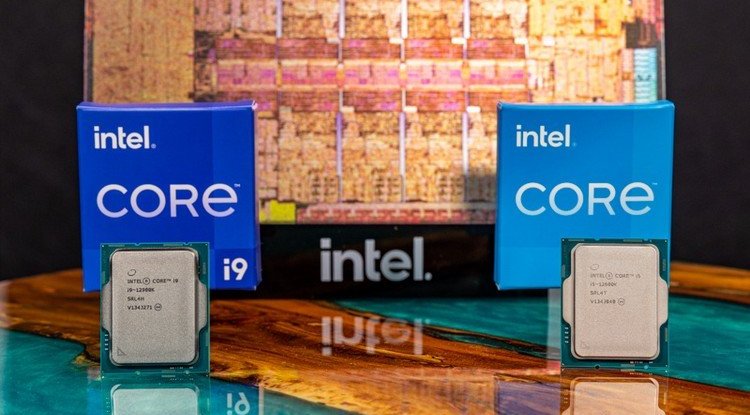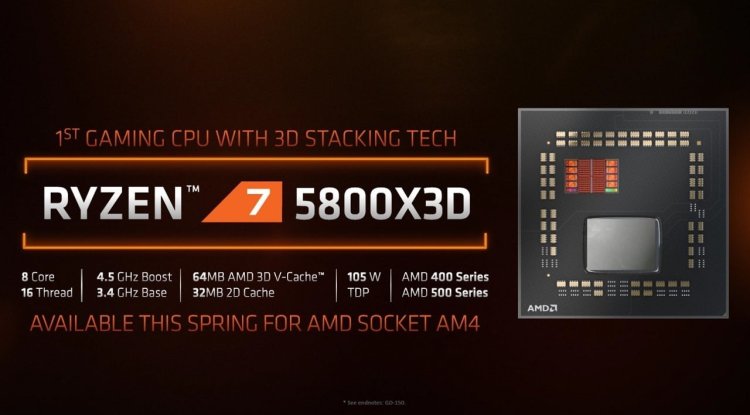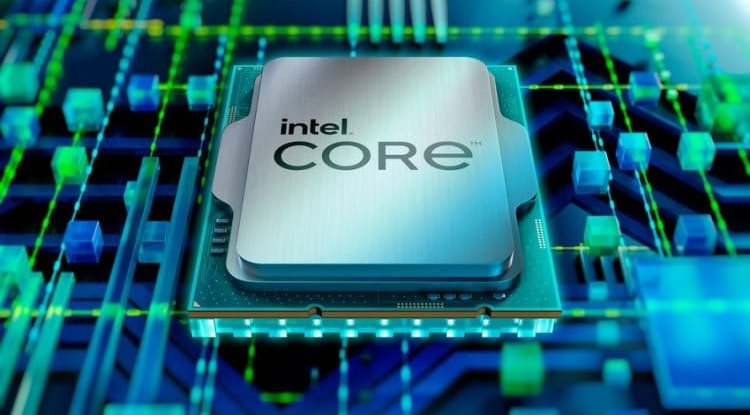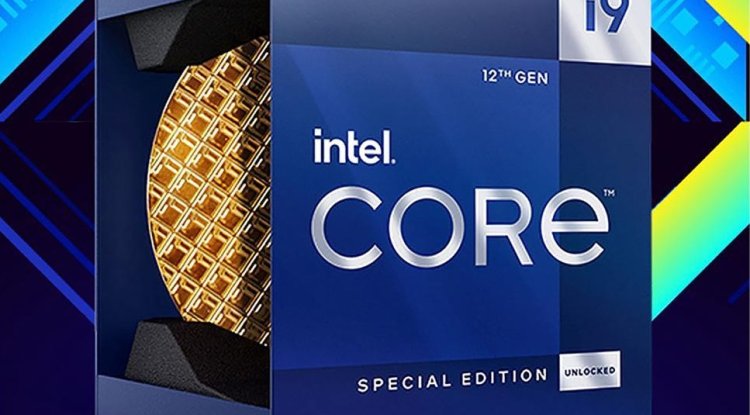Intel Core i9-12900K & Core i5-12600K overview
As of today, Intel heralds a new era. The 12th core generation, code name Alder Lake, is using a hybrid architecture for the first time on the desktop. Together with the Z690 chipset, Alder Lake also provides support for DDR5 memory and PCI-Express 5.0.

For Intel Architecture Day on August 19, 2021, the chip giant let the cat out of the bag. In addition to the new graphics division Arc with Xe graphics unit and the SOC giant Ponte Vecchio, the focus was also on Alder Lake. As the name of the event suggests, the main focus was on the technology under the hood.
The new processors are manufactured in "Intel 7", previously known as Enhanced Super Fin or 10 nm ++. The process is generally considered to be equivalent to TSMC's "N7", which AMD uses for the CCDs of current Ryzen CPUs. It has long been known that Alder Lake relies on a big-little concept. A distinction is made between performance cores (P-Cores) and efficiency cores (E-Cores). The latter increases the multi-core performance in particular, while the performance cores drive the single-core performance. According to Intel, Alder Lake achieves an IPC that is 19 percent higher on average than Cypress Cove (Rocket Lake). In order for this combination to bear fruit, Intel relies on a so-called thread director, which requires Windows 11 for the optimal development of its possibilities. The Thread Director ensures that the load is distributed as best as possible between P and E cores. It was not clear at the time of going to press whether Windows 10 would also be supported later. Of course, you can also use Alder Lake under Windows 10, but if in doubt you will not be able to fall back on the optimal performance. Intel Core i9-12900K & Core i5-12600K in the test: overview
To start the new hybrid era, there is the crème de la crème of the new Socket 1700. The crowning glory is the Core i9-12900K. The 16 core with 24 threads combines eight fast performance cores with eight small efficiency cores. The Velocity Boost is no longer available, but the new flagship reaches up to 5.2 GHz in a single-core boost. The E-Cores, on the other hand, calculate up to a maximum of 3.9 GHz. The TDP on the blade is 125 watts, but it has been known for weeks that Intel will no longer differentiate between the regular and the Boost TDP. Accordingly, the TDP of the i9-12900K is a hefty 241 watts. The i9-12900K is available in two versions, one with and one without IGP, the prices are USD 589 and USD 564 respectively.
| description | Cores / threads | Max. Boost | IGP | R.A.M. | PBP / MTP in watts | price |
|---|---|---|---|---|---|---|
| Core i9-12900K | 16/24 (8P + 8E) | Up to 5.2 / 3.9 GHz | UHD 770 (Xe) | DDR5-4800 (SR) Gear 2 / DDR4-3200 Gear1 | 125 (= 241) | $ 589 |
| Core i9-12900KF | 16/24 (8P + 8E) | Up to 5.2 / 3.9 GHz | - | DDR5-4800 (SR) Gear 2 / DDR4-3200 Gear1 | 125 (= 241) | $ 564 |
| Core i7-12700K | 12/20 (8P + 4E) | Up to 5.0 / 3.8 GHz | UHD 770 (Xe) | DDR5-4800 (SR) Gear 2 / DDR4-3200 Gear1 | 125 (= 190) | $ 409 |
| Core i7-12700KF | 12/20 (8P + 4E) | Up to 5.0 / 3.8 GHz | - | DDR5-4800 (SR) Gear 2 / DDR4-3200 Gear1 | 125 (= 190) | $ 384 |
| Core i5-12600K | 10/16 (6P + 4E) | Up to 4.9 / 3.6 GHz | UHD 770 (Xe) | DDR5-4800 (SR) Gear 2 / DDR4-3200 Gear1 | 125 (= 150) | $ 289 |
| Core i5-12600KF | 10/16 (6P + 4E) | Up to 4.9 / 3.6 GHz | - | DDR5-4800 (SR) Gear 2 / DDR4-3200 Gear1 | 125 (= 150) | $ 264 |
One size smaller and deprived of the efficiency cores by half, a Core i7-12700K still reaches 5.0 GHz (P-Cores) and 3.8 GHz (E-Cores) in a single-core boost. It is therefore a 12 core with 20 threads. At 190 watts, the TDP is a bit more pleasant than the top model, and the prices are noticeably lower at $ 409 (K) and $ 384 (KF). Since the e-cores mainly affect the multi-core performance, the 8-core alternative i7-12700K to the top model should be a very interesting choice for gamers.
Almost harmless and the obvious price breaker is the Core i5-12600K. The 10-core with 16 threads provides only six P-cores and four E-cores, achieves a single-core boost of 4.9 or 3.6 GHz, and manages with a maximum TDP of 150 watts. The prices are pleasantly low at $ 289 and $ 264 and roughly on par with the selected competitor, the AMD Ryzen 5 5600X. Common to all processors is the use of the new UHD 770 graphics unit, which is based on the in-house Xe architecture. Furthermore, all Alder Lake CPUs available to date support both DDR5 and DDR4 memory. When buying the mainboard, pay attention to which memory standard has been used. The "crooked" number of threads results from the fact that only the P-cores use hyperthreading.
| Slots / sticks | Ranks | Max. Frequency |
|---|---|---|
| 4/4 | single | DDR5-4000 Gear 2 |
| 4/4 | dual | DDR5-3600 Gear 2 |
| 4/2 | single | DDR5-4400 Gear 2 |
| 4/2 | dual | DDR5-4400 Gear 2 |
| 2/2 | single | DDR5-4800 Gear 2 |
| 2/2 | dual | DDR5-4800 Gear 2 |
| All variations | Single/dual | DDR4-3200 Gear 1 |
The official memory support is again confusing. Intel no longer only differentiates between single and dual ranked, but also takes into account the number of DIMM slots on the mainboard. In the regular case, mainboards use four such slots. In addition, three gear modes are possible with DDR5, Gear 1, Gear 2, and Gear 4. These behave in a similar way to the gear modes that we already got to know at Rocket Lake. Gear 1 has the highest bandwidth and lowest latency and lets the memory controller (IMC) run at the same speed as the main memory. Gear 2 halves the speed of the IMC, which costs latency and bandwidth. Gear 4 finally quarters the clock frequency of the IMC, so theoretically allows incredibly high clock frequencies on the part of the memory. Fortunately, things are a lot easier with DDR4: Core i9-12900K, i7-12700K, and i5-12600K all support DDR4-3200 in Gear-1 mode. During the tests, we found that both Gear 1 and Gear 4 crashed in our DDR5 test setup. The solution is therefore that all tests with DDR5 take place on Gear 2, which according to the description in the UEFI expresses itself as "standard performance".
By: Amber V. - Zexron





































